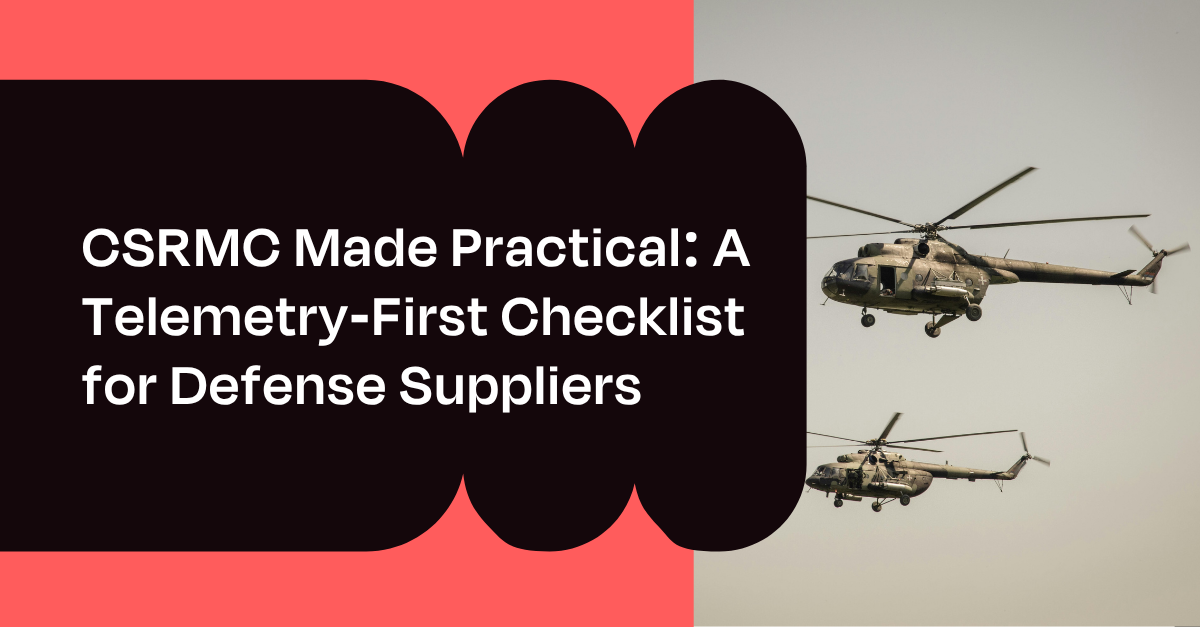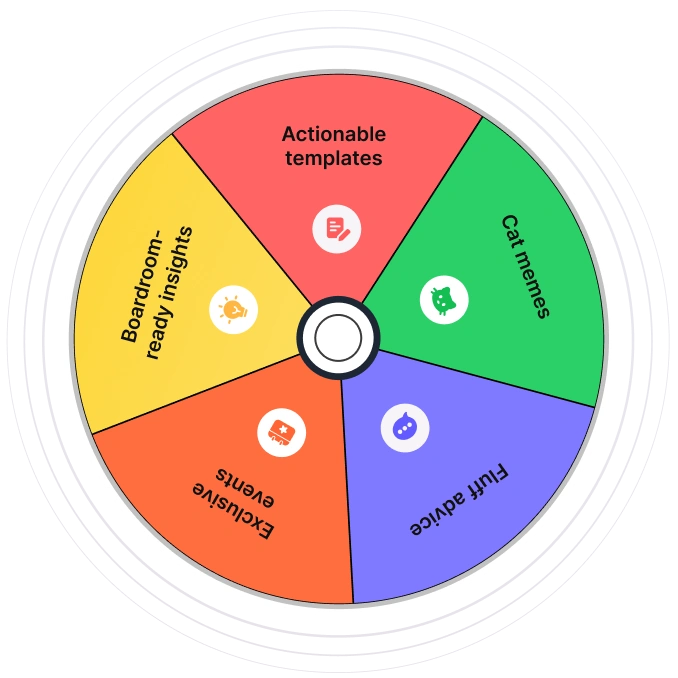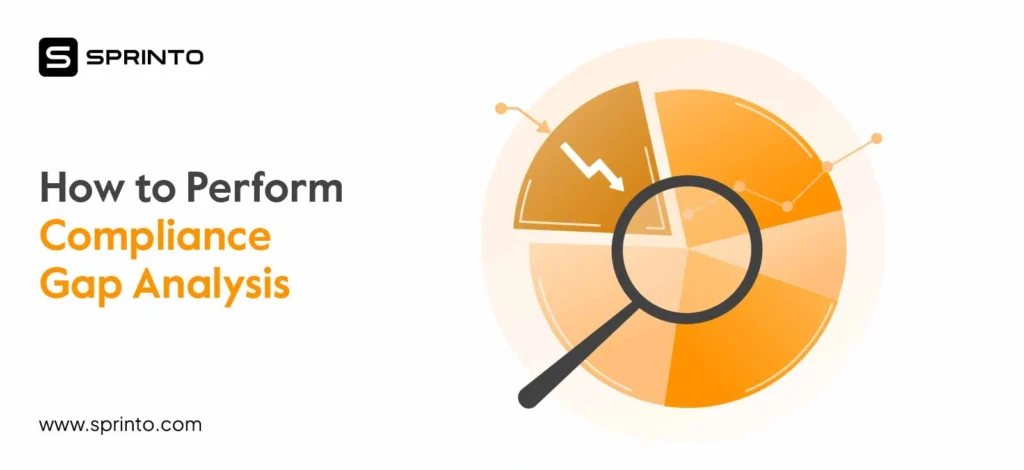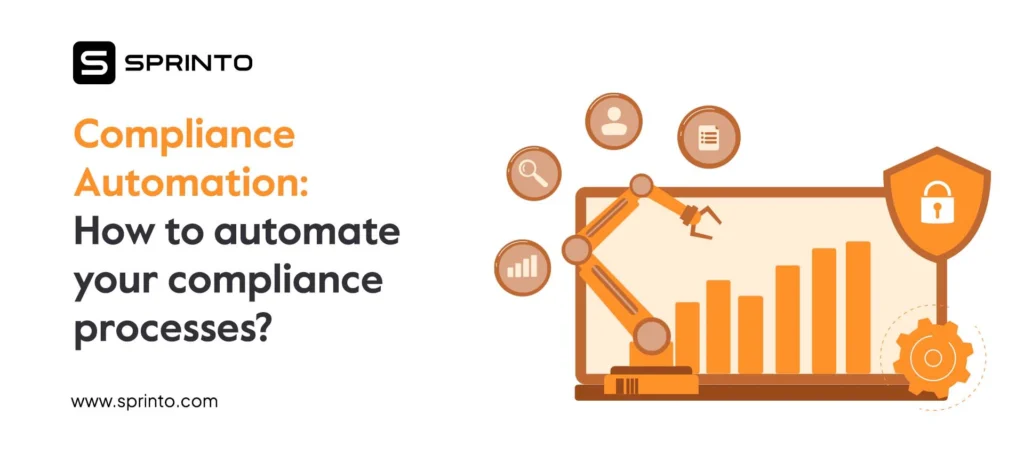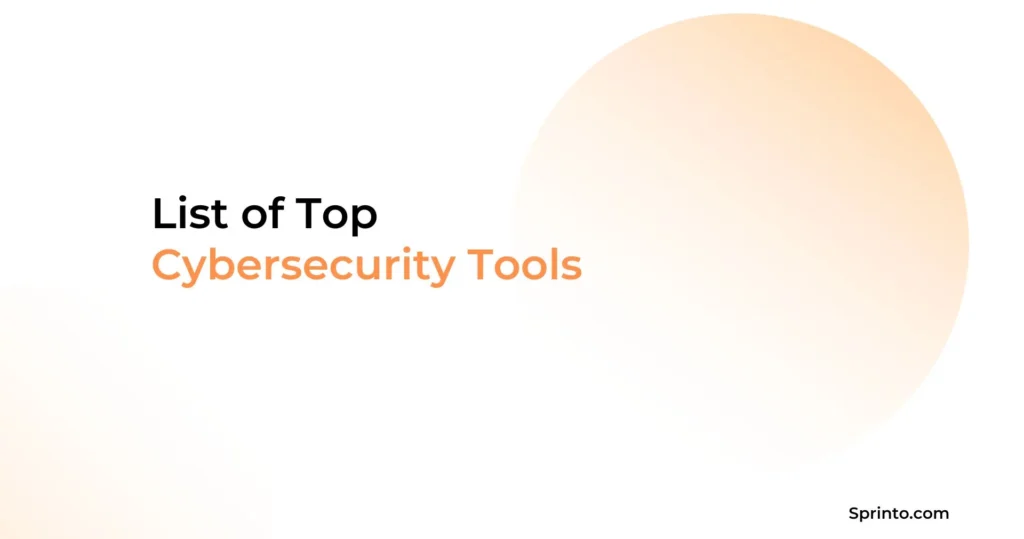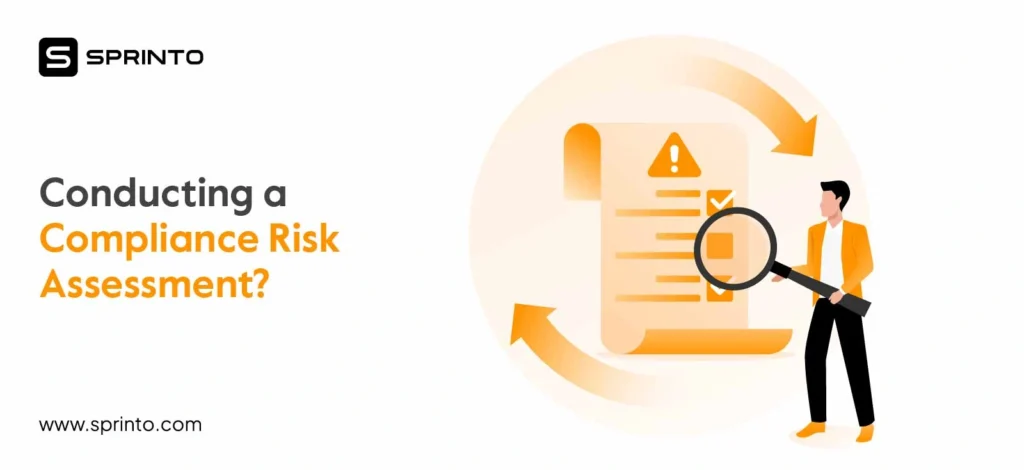CSRMC just turned telemetry-first from “nice-to-have” into table stakes. Under the traditional National Institute of Standards and Technology (NIST) Risk Management Framework (RMF), many programs passed on periodic evidence and scheduled screenshots. Simply put, telemetry means automatically collecting control data from source and transmitting it to a receiving location for monitoring, analysis, and risk management.
The Cybersecurity, Risk, and Resilience Management Committee (CSRMC) now expects live control signals and continuous proof across primes and subcontractors. As Akshay Bhalotia, Lead – Product Implementation at Sprinto, says, “This is a welcome, long-pending move toward a more risk-focused approach that speeds up feedback loops and puts compliance automation in the limelight.”
If that sounds daunting, know this: adhering to new requirements doesn’t have to be backbreaking or create cross-team friction. In this blog, we’ve built a practical checklist: plug into live signals, automate evidence at the source, set service-level agreements (SLAs), assign clear owners, and reuse approved proofs across reviews.
- Before programs defined their own cadence, quarterly screenshots were often passed. Continuous monitoring was reserved for Continuous Authorization to Operate (cATO) seekers.
- Now, CSRMC makes telemetry-driven visibility the baseline for Department of Defense (DoD) programs and vendors in the Defense Industrial Base. Periodic-only evidence won’t cut it—even if you’re “just a vendor.”
- The business impact is that prime contractors and major subs update questionnaires and due diligence. Vendors who can show live control status shorten reviews, reduce back-and-forth, and build trust faster. The advantage is teams that operationalize telemetry, automate proof, and report control health in real time.
The Telemetry-First Checklist
Use this checklist to meet the new requirements without creating friction or burdening the team. Rachna points out, “Validation should come from connected workflows that prove controls are working daily.”
- Wire telemetry to critical controls
Why: Real-time control health is the new baseline. Periodic screenshots will no longer be accepted.
How: Connect cloud, identity, code, device, and workflow systems; map checks directly to required controls to maintain status. - Automate evidence at the source
Why: Eliminate manual coordination and stale files. (Bonus: This will also help you avoid audit chaos for other frameworks you might need to adhere to.)
How: Auto-collect time-stamped artifacts (configs, logs, test results) from integrated tools. This helps you keep audit trails and dashboards up to date by default. - Set SLAs, SLOs, alerts, and owners
Why: In a telemetry-first world, control drift should be measured in minutes/hours—not quarters. SLAs/SLOs keep detection and response tight, continuously.
How: Assign control ownership, define response SLAs and SLOs, trigger alerts on drift or failed checks, and track remediation to closure. - Centralize policies with proof of enforcement
Why: Auditors and primes instantly expect version history, approvals, and acknowledgments.
How: Manage the policy lifecycle in a version-controlled library; link policies to controls and track acknowledgments for every user. - Reuse approved evidence across reviews and frameworks
Why: Same control, many asks—stop re-collecting.
How: Map overlapping controls across frameworks; tag and reuse validated artifacts for audits, customer questionnaires, and renewals. - Answer security questionnaires from live truth
Why: Faster reviews = shorter deal cycles.
How: Use an AI-assisted, org-context knowledge base that pulls from current controls and artifacts to generate consistent, approvable answers. - Make risk posture visible in real-time
Why: CSRMC expects ongoing assurance; leaders need live risk insights tied to controls.
How: Map risks ↔ controls; roll out risk scores that update automatically as controls pass/fail and surface exceptions to executives. - Extend telemetry to vendors
Why: Your posture depends on third-party performance.
How: Track vendor questionnaires, request live signals where feasible, and tie vendor risks to your control landscape and reporting. Akshay recommends, “step back to chart GRC objectives and workflows, then automate quick wins so the loop from designing to operationalizing controls is short-circuited.”
Comply with new CSRMC requirements with ease, using automation
How Sprinto Helps You Operationalize Telemetry-First
“Continual improvement moves front and center with CSRMC”
Akshay Bhalotia, Head of Product Implementation, Sprinto
- Start with what you already run: Sprinto lets you connect cloud, identity, code, and endpoint systems. After that, all you do is let those tools continuously report control status. There is no big migration that burdens the team—you’re just wiring the signals.
- Treat drift like an ops incident: When a control slips, Sprinto alerts the owner and creates a ticket, starting the fix loop. The owner tracks time-to-detect and time-to-restore until verified closure.
- Collect evidence automatically at the source: Sprinto captures configs, logs, test outcomes, timestamps, and pins each artifact to the control it proves. Owners don’t assemble files—they share a live, immutable link whenever someone asks.
- Set measurable targets for detection and response. In Sprinto, you define internal targets (like detect within X minutes, restore within Y hours). Sprinto tracks the metrics behind those targets (like detection latency and mean time to fix), alerts the proper owner when you’re off track, and shows progress until the issue is closed.
- Keep policies versioned and tied to real enforcement. Sprinto stores your policy library with version history, approvals, and user acknowledgments. Each policy is linked to the specific control checks that prove it’s enforced, so you can show “what we do” and the evidence that it’s happening side by side.
- Use a single, live evidence record per control. Sprinto maintains one canonical, time-stamped artifact for every control sourced directly from your tools. You reference that same live record across CSRMC materials and customer reviews, avoiding duplicate files and contradictions as requirements evolve.
- Answer questionnaires with current data, not memory. Sprinto pulls answers from live control data (things like last pass, coverage, and evidence age) and drafts responses in an approval workflow. An owner reviews and sends or exports to customer portals, so what you share with prime and subcontractors is accurate and consistent every time.
- Share real-time posture, not static screenshots. Sprinto’s dashboards show what’s passing, what’s failing, and what’s being fixed, with ownership and timelines. Share read-only views with leadership or (when needed) with primes to give confidence based on what’s true right now.
FAQs
What is CSRMC?
CSRMC refers to the US Department of Defense’s (DoD) Cybersecurity, Risk, and Resilience Management Construct mandate. The mandate establishes telemetry-first, continuous monitoring, and evidence as the baseline for DoD programs and their suppliers, moving beyond the periodic, screenshot-based proof that was previously the standard under classic RMF.
We’re an MSSP for a mid-size manufacturer bidding on government projects; some defense. Is this relevant?
Yes. Your customer will be asked for live proof of control health. You’ll need to produce fresh evidence and status, not quarterly docs.
We’re a SaaS vendor that a contractor wants to use on a government (defense) program. Do we need this?
Yes. Security reviews by defense contractors (prime and subcontractors) now require current control status (last pass, coverage, and evidence age). Showing that shortens approvals.
We host cloud infrastructure for a company that stores sensitive project files. Does this apply to us? We only store the files.
Yes. You’ll be asked to show telemetry for the systems that hold or process those files.
We built a security tool used by companies going after government work. Should we adhere to this?
Yes. Prospective customers who are prime or sub-contractors will ask for your product and org controls to be continuously monitored with up-to-date evidence.
We’re a subcontractor that touches only a small part of the project. Our role is very minor! Do we still need to adhere to CSRMC?
Yes. If your systems touch the project’s data, you’ll be expected to show live control status for that scope.
What’s an easy, reliable way to make the shift from the old RMF cadence to this new CSRMC baseline in one line?
Connect your tools, auto-test controls, and capture proof at the source, assign owners/targets, set alerts for drift, and reuse the same live evidence wherever it’s requested.
Raynah
Raynah is a content strategist at Sprinto, where she crafts stories that simplify compliance for modern businesses. Over the past two years, she’s worked across formats and functions to make security and compliance feel a little less complicated and a little more business-aligned.
Explore more
research & insights curated to help you earn a seat at the table.



